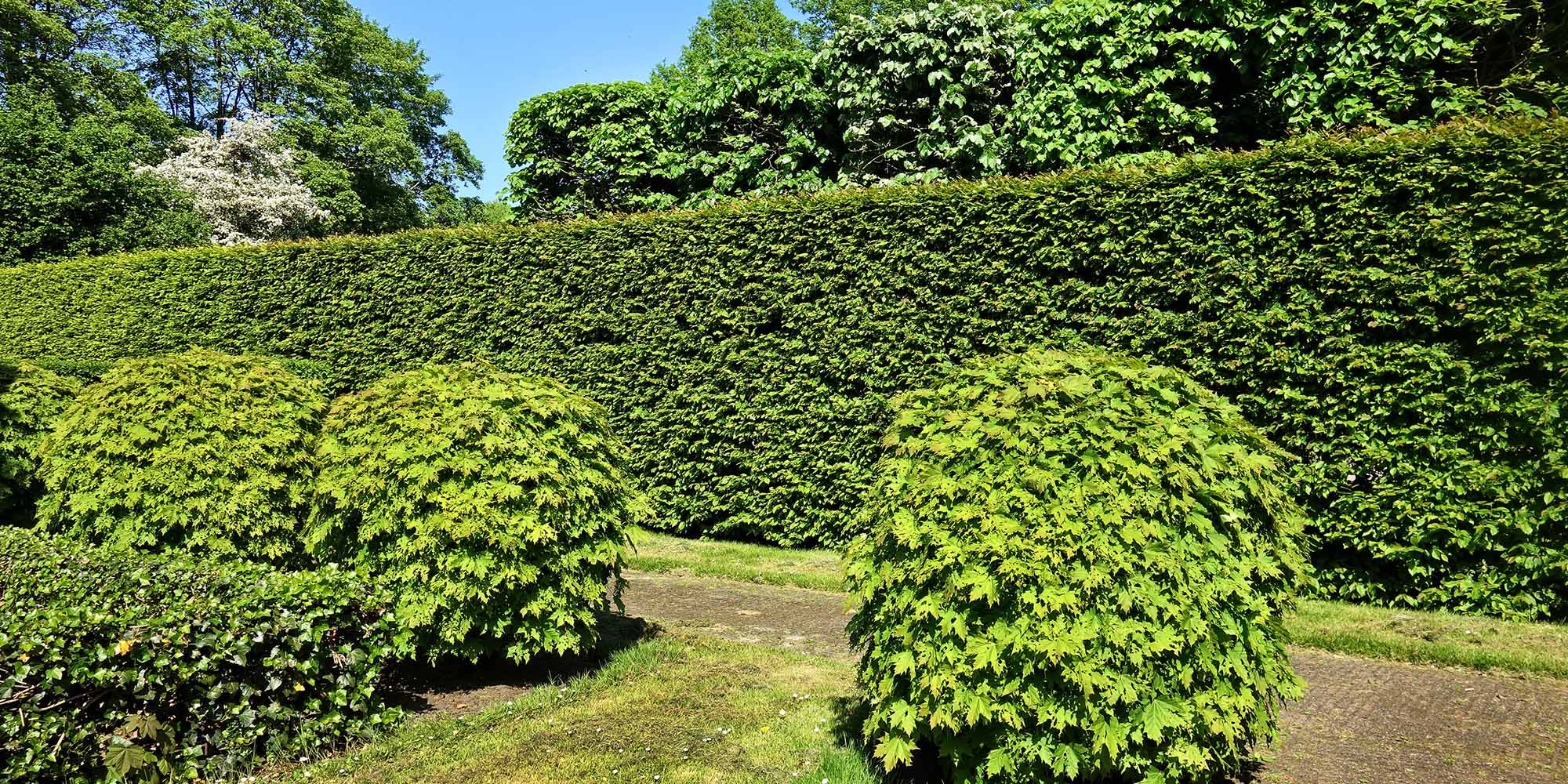Ornamental Pruning: Sculpting Nature's Masterpieces
In the art of landscaping, trees and shrubs serve as living canvases, bringing life, beauty, and serenity to our surroundings. One of the key techniques used by skilled horticulturists and arborists to create stunning landscapes is ornamental pruning. This specialized form of tree care goes beyond simple maintenance, transforming trees and shrubs into breathtaking masterpieces. In this short article, we explore the concept of ornamental pruning, its methods, and the artistic touch it brings to our outdoor spaces.
Understanding Ornamental Pruning
Ornamental pruning, also known as artistic or aesthetic pruning, is an intricate process that involves selectively shaping trees and shrubs to enhance their visual appeal and complement the overall landscape design. While the primary goal of traditional pruning is often to maintain tree health and safety, ornamental pruning is an art form that aims to create eye-catching focal points, sculptural elements, and elegant forms.
The Methods of Ornamental Pruning
Crown Reduction: This technique involves carefully trimming the outer edges of a tree’s canopy, reducing its overall size and promoting a more compact and balanced appearance. Crown reduction is often used to manage tree height and maintain symmetry.
Topiary: Topiary is the art of shaping shrubs and small trees into intricate and geometrically precise forms, such as spheres, cones, or animal shapes. This meticulous method adds a touch of whimsy and creativity to the landscape.
Espalier: Espalier is a pruning technique used to train trees against walls or fences, creating a flat, two-dimensional appearance. This method is not only aesthetically pleasing but also saves space, making it ideal for urban gardens.
Pollarding: Pollarding involves pruning trees at a specific height, resulting in the growth of dense, bushy foliage. This technique is often used to create striking silhouettes and dramatic visual effects.
The Artistry of Ornamental Pruning
Ornamental pruning requires a keen eye for design, a deep understanding of plant growth patterns, and an appreciation for nature’s beauty. Skilled arborists and horticulturists carefully consider each cut, aiming to strike the perfect balance between aesthetics and tree health. The process is meticulous and time-consuming, requiring patience and precision to achieve the desired artistic vision.
Benefits of Ornamental Pruning
Enhanced Landscape Aesthetics: Ornamental pruning adds an element of artistry and sophistication to landscapes, elevating their visual appeal and creating unique focal points.
Increased Property Value: A thoughtfully pruned landscape can significantly enhance a property’s curb appeal, potentially increasing its value in the real estate market.
Promotes Plant Health: Contrary to common misconceptions, ornamental pruning can actually benefit tree health when executed by professionals. Proper pruning encourages air circulation and sunlight penetration, reducing the risk of disease and promoting vigorous growth.
Sustainable Tree Care: Ornamental pruning focuses on shaping existing trees rather than removing and replacing them. This sustainable approach preserves mature trees, which offer numerous ecological benefits to the environment.
Ornamental pruning is an exquisite blend of horticulture and artistry, transforming trees and shrubs into living works of art. By combining technical expertise with an eye for beauty, Bark Busters Tree Service will create stunning landscapes that captivate the senses and inspire awe.




